As a valuable heritage not only of Ninh Binh, Vu Lam Royal Palace is a testament to the ingenuity of the Tran Dynasty's military strategy, demonstrating a broad vision in integrating politics , military affairs, culture, and religion.
Therefore, preserving and restoring the relics of Vu Lam Royal Palace in conjunction with developing green, environmentally friendly tourism infrastructure will contribute to attracting domestic and international tourists, while also creating momentum for local economic development.
Role in the flow of history
The Vu Lam Royal Palace was a military base of the Tran Dynasty located in the core area of the Trang An Scenic Landscape Complex, Hoa Lu city.
During the Tran Dynasty, this place was an important military and political center, associated with many major historical events of the resistance against the Mongol invaders; it was also where King Tran Thai Tong practiced asceticism, and where Tran Nhan Tong renounced worldly life and founded the Truc Lam Yen Tu Zen sect, laying the foundation for Vietnamese Buddhism during the Tran Dynasty.
The former Vu Lam Royal Palace Center is the area of Thai Vi Temple, Ninh Hai commune, Hoa Lu city today.
The Vu Lam Royal Palace was initially built as a retreat for Emperor Emeritus Tran Thai Tong to prepare for his religious career.
However, as the second invasion of Dai Viet by the Yuan dynasty was imminent, Vu Lam Royal Palace became the headquarters of the Tran dynasty's resistance.
When the entire court temporarily retreated to Truong Yen, the Vu Lam Royal Palace became the place for holding court, serving as a "safe zone" to protect the royal family and the court.
The Vu Lam Royal Palace cultural space at Thai Vi Temple, Hoa Lu city, Ninh Binh province. (Photo: Hai Yen/VNA)
In addition, King Tran Thai Tong also ordered the construction of several monastic institutions, which still exist today, such as So Pagoda, Thong Pagoda, Kha Luong Pagoda, and Khai Phuc Pagoda in Ninh Hai commune, Hoa Lu city.
In a short period of time, the Truong Yen area became a center of Buddhism during the Tran Dynasty. From the Vu Lam Royal Palace, the Tran kings, officials, and local people continued to build monasteries outside the palace grounds, in areas with beautiful scenery, notably the Non Nuoc, Dong Son, Canh Dieu, and Dich Long mountains.
Professor, Dr. Nguyen Van Kim, Vice Chairman of the National Council for Cultural Heritage, stated that among the royal palaces, Vu Lam was built in the rugged mountainous region of Truong Yen, Hoa Lu city.
When making their choice, King Tran Thai Tong and the Tran kings certainly understood the crucial role and strategic importance of Truong Yen, where the Dinh and Le dynasties established their capitals during the early period of their independence.
The rulers wanted to rely on the rugged mountain ranges as high ramparts, the system of rivers and lakes as deep moats, and the loyalty of the people as a foundation to build and protect the Vu Lam Royal Palace and support Thang Long and Thien Truong.
When the country was at peace, the Tran kings continued the work of their predecessors, building and affirming a unique Buddhist tradition for the nation, laying the groundwork for the formation of the Truc Lam Zen school - a Buddhist school deeply rooted in Vietnamese identity.
Therefore, the Vu Lam Royal Palace is not only a testament to the Trần dynasty's brilliant military strategy, but also demonstrates the Trần dynasty's far-sighted vision in integrating politics, military affairs, culture, and religion.
Dr. Nguyen Ngoc Quy, from the Institute of Archaeology, Vietnam Academy of Social Sciences, stated that recent archaeological research has confirmed that Vu Lam Royal Palace possesses unique historical and cultural values, distinct from other Tran Dynasty relics remaining in northern Vietnam. Unlike the grandiose relics of Thien Truong Royal Palace (Nam Dinh) or Lo Giang Royal Palace (Thai Binh), this site features only bamboo and wood structures, harmoniously integrated with nature.
However, this place possesses unique geopolitical, historical, religious, and cultural values unlike anywhere else.
Conservation and development
Developing cultural and spiritual tourism products to exploit the value of Vu Lam Royal Palace. (Photo: Hai Yen/VNA)
The Vũ Lâm Royal Palace during the Trần Dynasty boasts an incredibly rich treasure trove of cultural heritage. It houses numerous invaluable tangible, intangible, and Hán Nôm (Sino-Vietnamese) artifacts.
Spanning a fairly large area, the Vu Lam Royal Palace complex also includes many historical relics such as the Quan Gate, the Royal Palace, the Dragon Gate, the Tuan Cao, the Kho Garden... and many ancient temples that have existed from the Tran Dynasty to the present day such as Hai Nham, Bich Dong, Linh Coc, Khe Ha, and Phuc Hung.
The Vu Lam Royal Palace was a sacred land, home to outstanding people, and a strong base for the army and people during the Tran Dynasty.
However, very few relics remain today, with many traces still hidden deep underground. Therefore, experts believe that relying on scientific research to reconstruct, restore, and creatively preserve the Vu Lam Royal Palace heritage is essential, enriching its value and bringing economic benefits to society and the community.
Vice Chairman of the Ninh Binh Provincial People's Committee Tran Song Tung emphasized that today, the Vu Lam Royal Palace cultural space, located within the Trang An Scenic Landscape Complex, a World Cultural and Natural Heritage site, has become an important destination in the journey of exploring the nation's history.
Combining research and identification to further clarify the historical values of Vu Lam Royal Palace, serving the conservation and restoration of the palace's relics in conjunction with the development of green, environmentally friendly tourism infrastructure, will contribute to attracting domestic and international tourists and create momentum for local economic development.
Professor, Doctor of Science Vu Minh Giang, Chairman of the Science and Training Council of the Tran Nhan Tong Institute, Vietnam National University, Hanoi, emphasized that with its important role and significance, the Vu Lam Royal Palace during the Tran Dynasty is an invaluable and inexhaustible cultural resource that needs to be exploited and transformed into valuable cultural and tourism products to serve the development of the cultural industry in Ninh Binh.
He also suggested that in the future, Ninh Binh needs to build a dossier for ranking the Vu Lam Royal Palace within the Trang An Scenic Landscape Complex and its surrounding areas, orienting long-term preservation and promoting its value.
At the same time, the province needs to develop unique cultural tourism products, such as meditation tourism, tourism experiencing Tran Dynasty relics, and programs recreating historical and cultural spaces, contributing to attracting tourists and raising community awareness about heritage; promoting the dissemination and education of history about Vu Lam Royal Palace in particular and the Tran Dynasty in general, associated with promoting the image of Ninh Binh as a unique cultural, historical, and natural heritage destination…
It is clear that the value and potential of the Vu Lam Royal Palace, as well as the Hoa Lu and Trang An areas, in terms of landscape and heritage, are immense.
Continuing research, which will serve as the basis for proposing plans for the development and exploitation of the value of the Vu Lam Royal Palace and the Trang An Heritage area, will contribute to ensuring appropriate, harmonious, and sustainable development; thereby realizing the goal of making Ninh Binh a Millennium Heritage City.
(VNA/Vietnam+)
Source: https://www.vietnamplus.vn/ninh-binh-bao-ton-va-phat-huy-gia-tri-di-tich-hanh-cung-vu-lam-post1037105.vnp


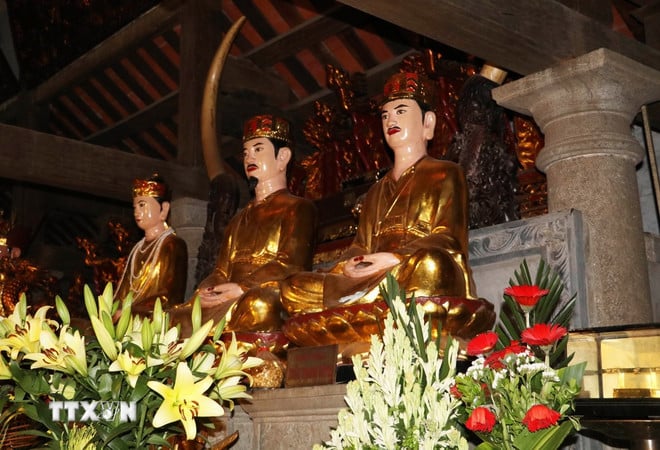
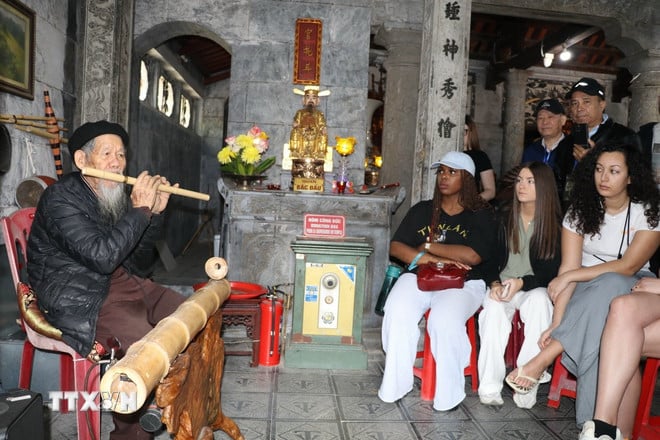





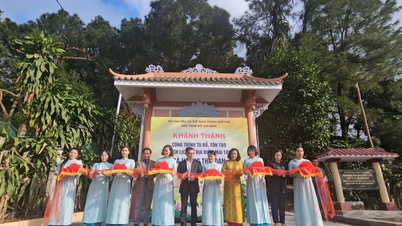







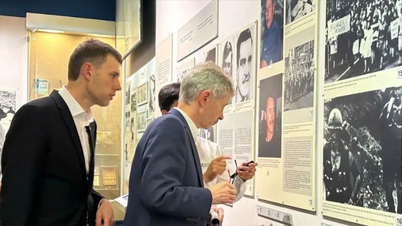

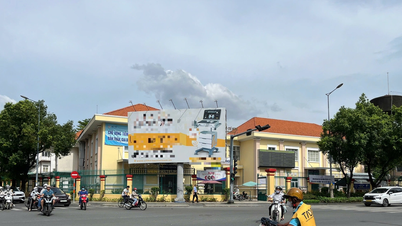

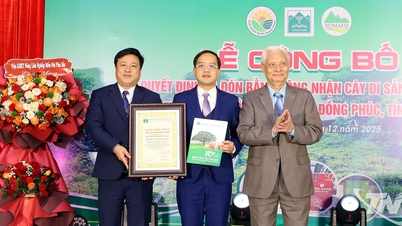


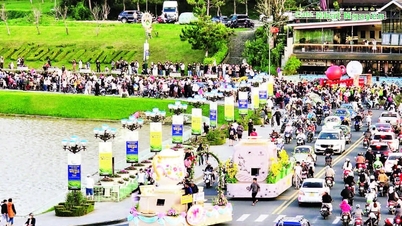

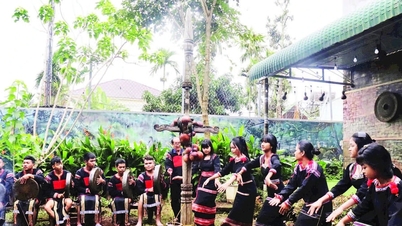
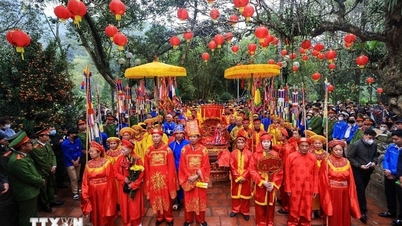



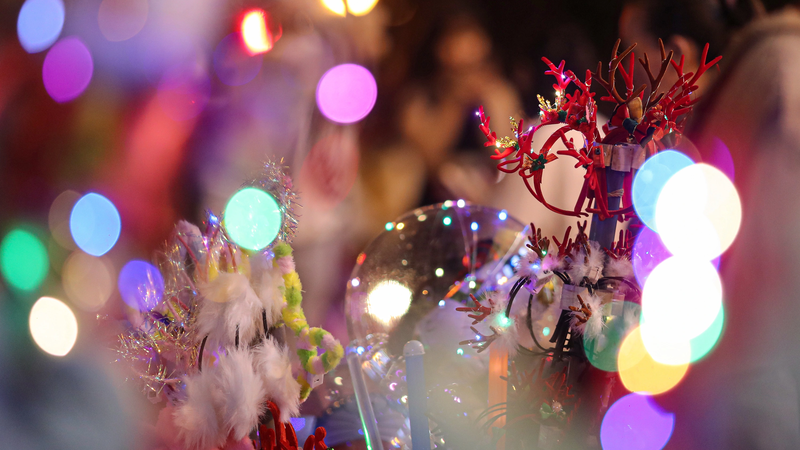
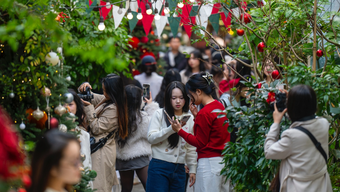


















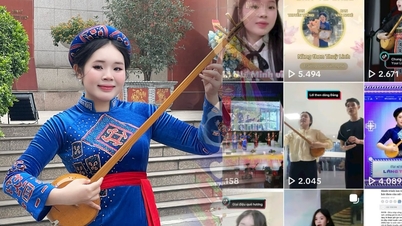





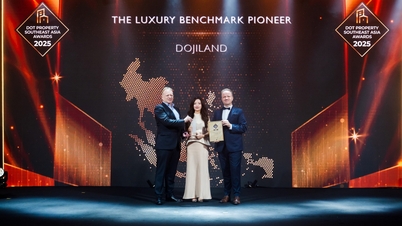
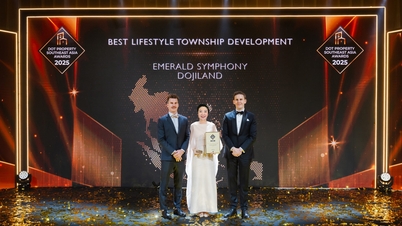
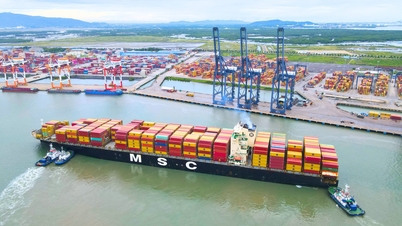




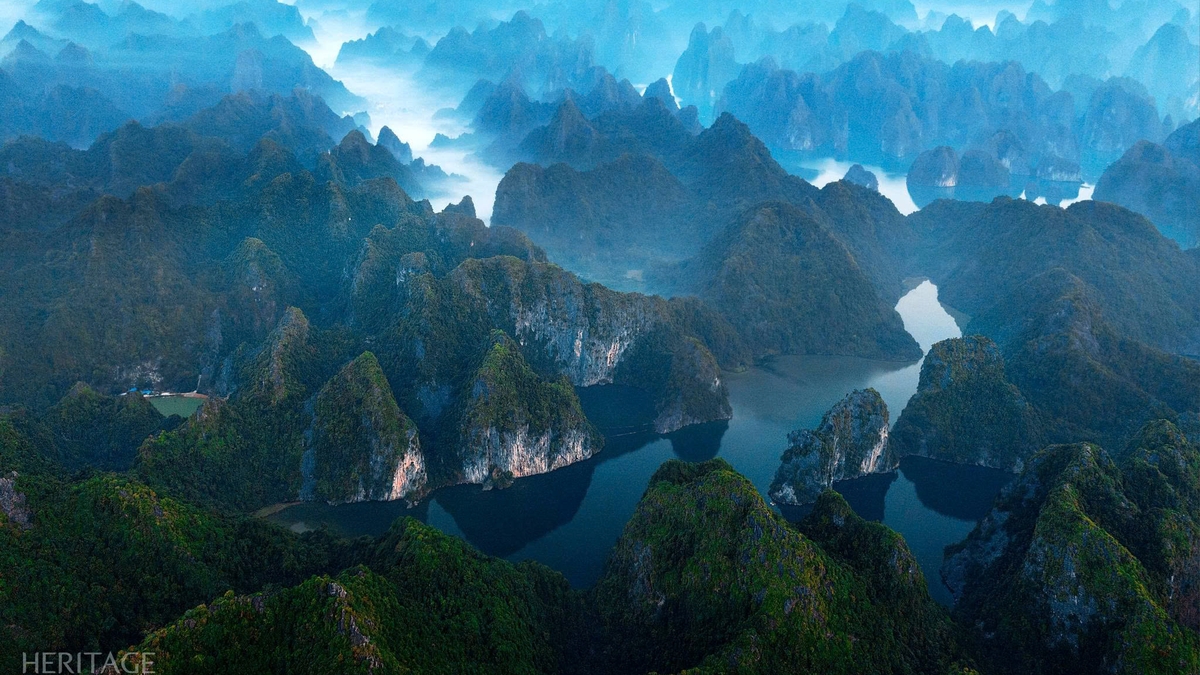
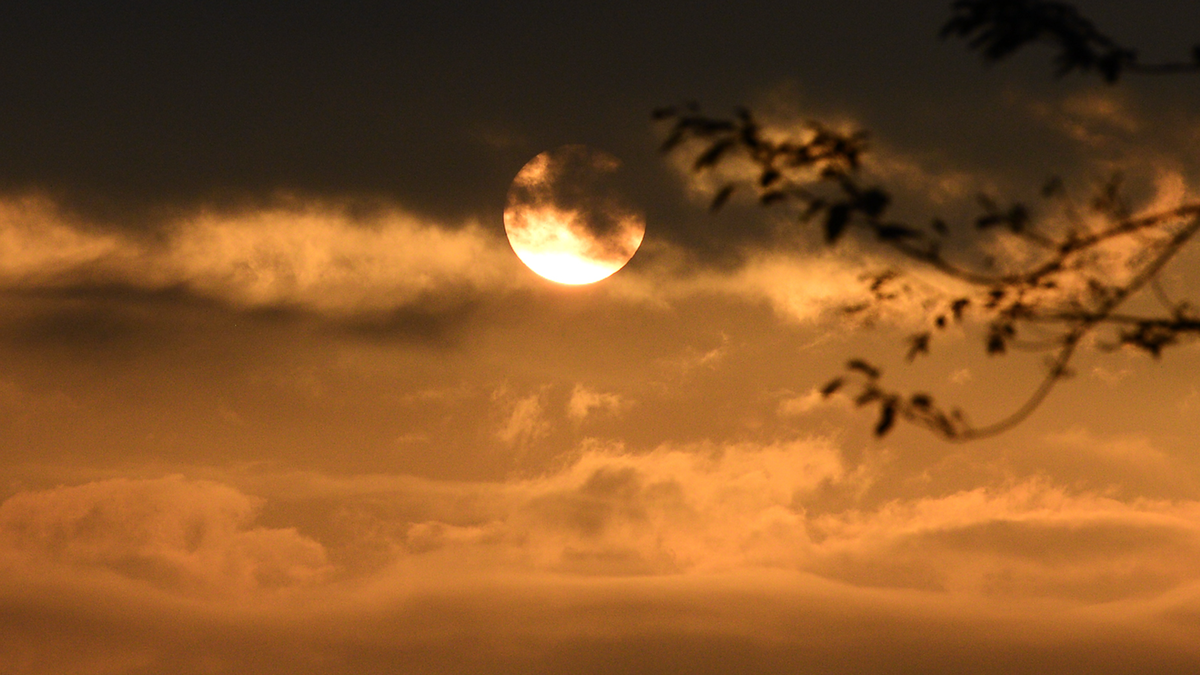
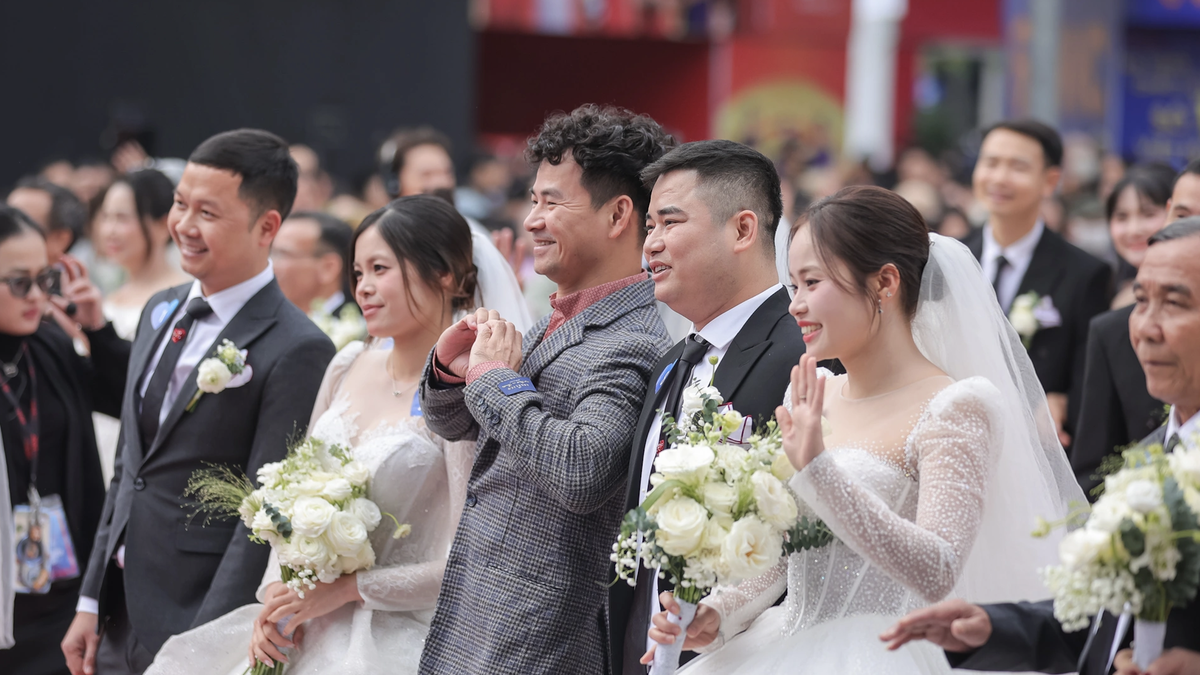
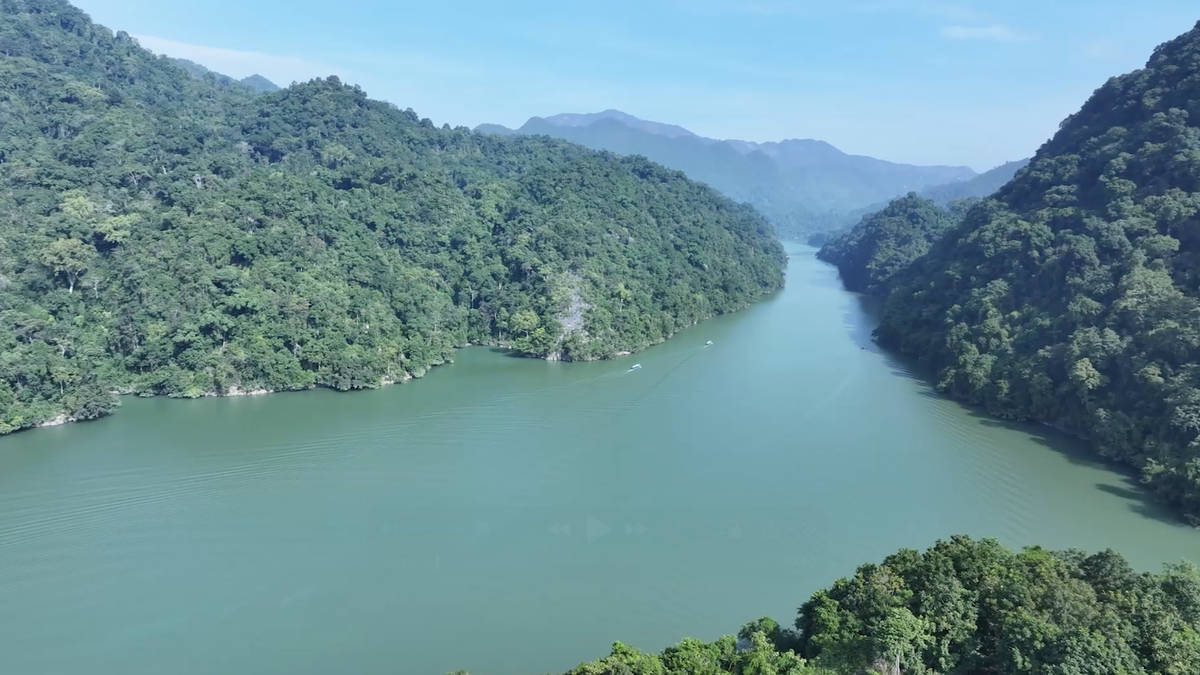









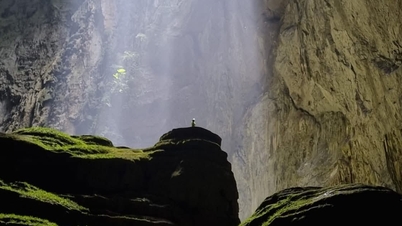





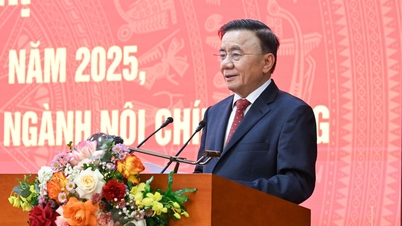






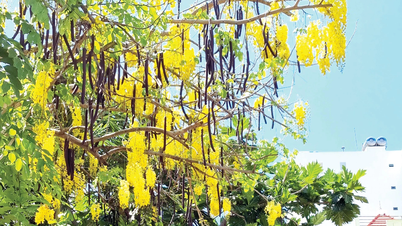

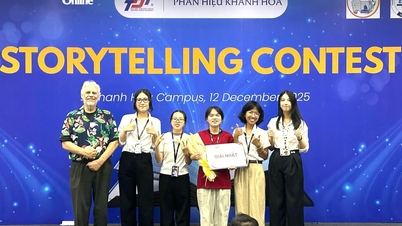
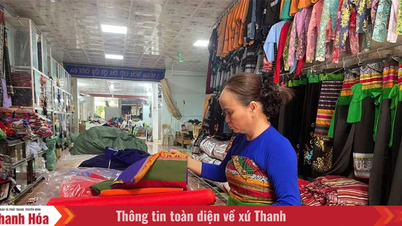

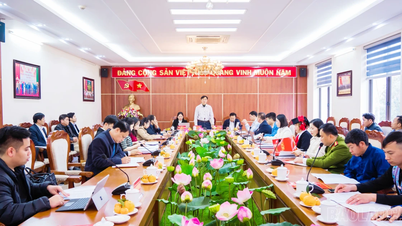



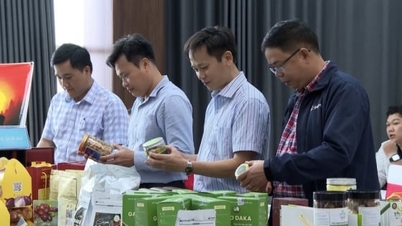






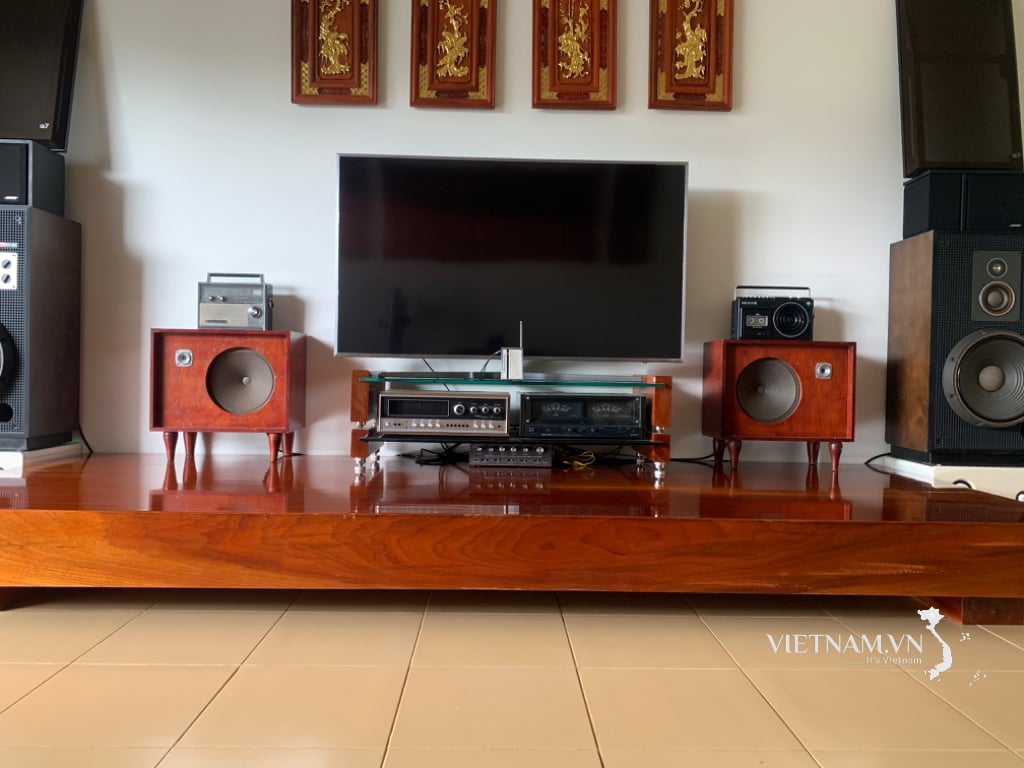


Comment (0)